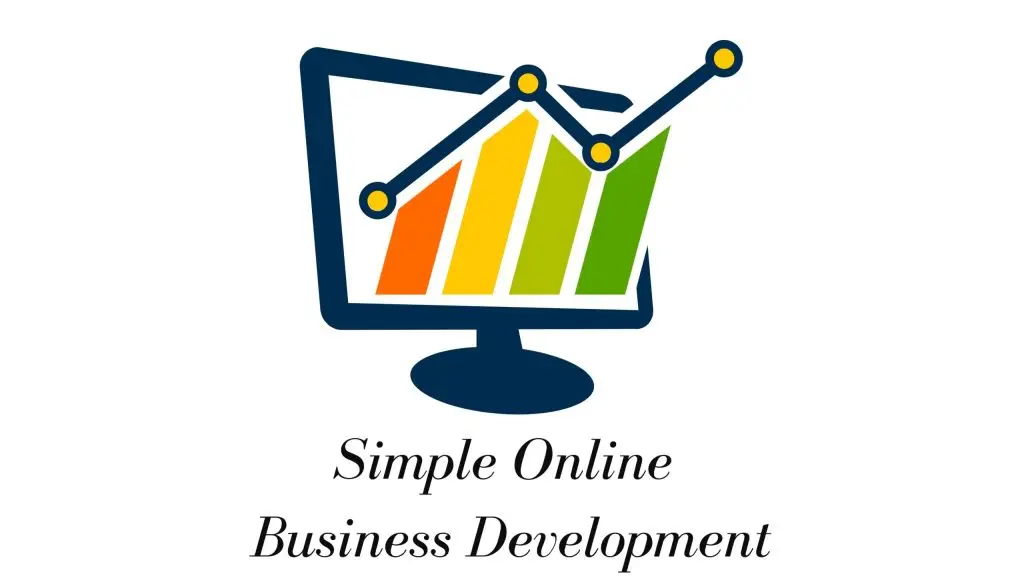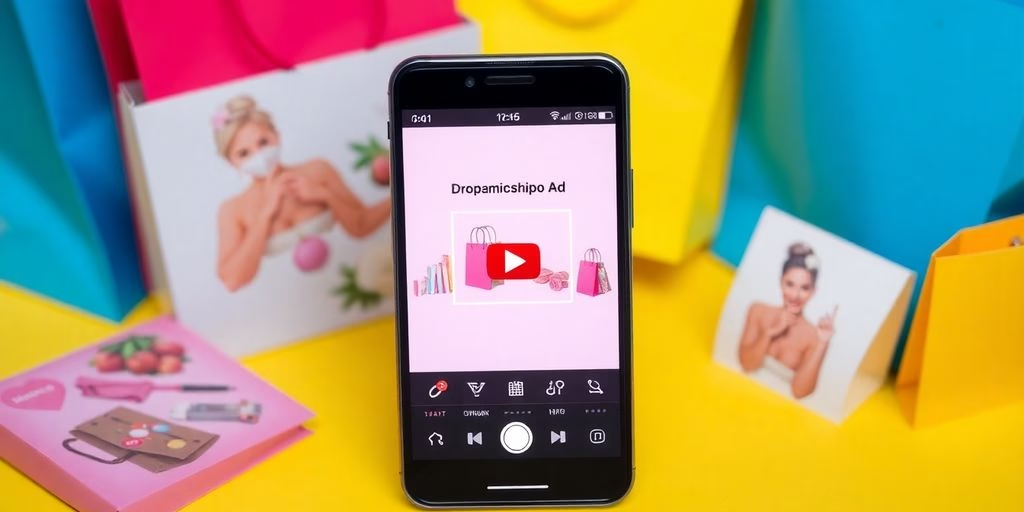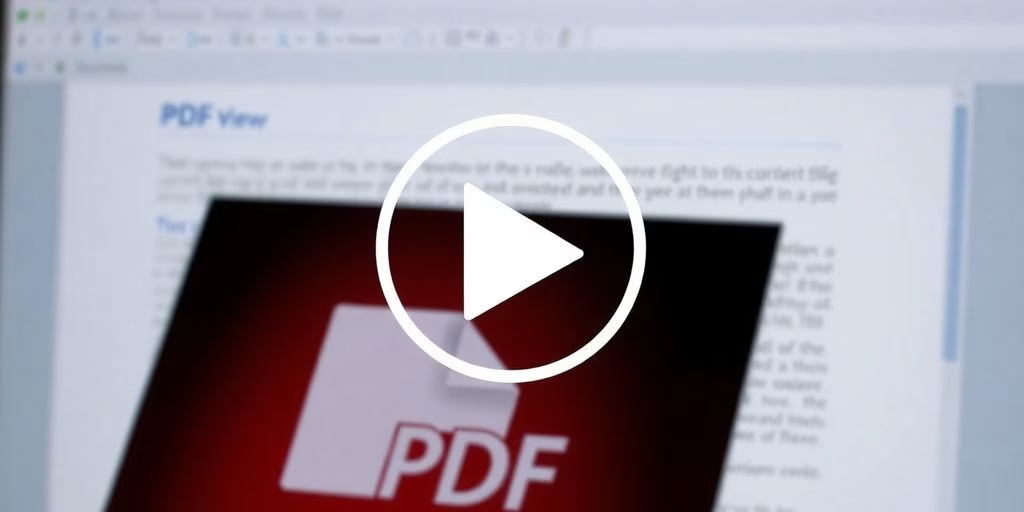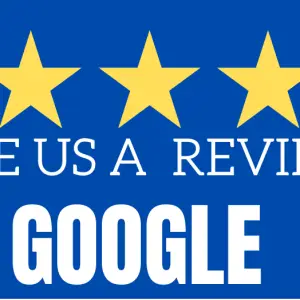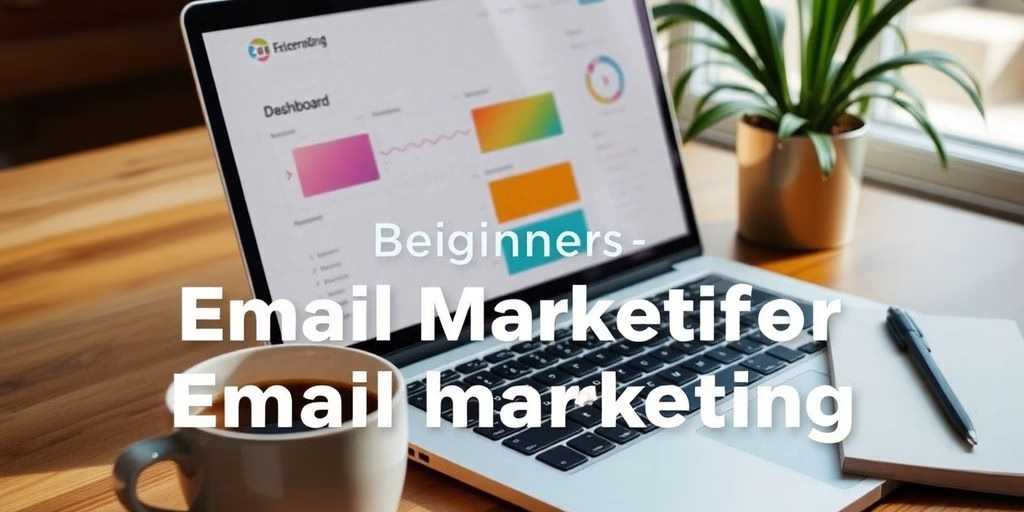In 2025, startups are facing a rapidly changing landscape, and marketing automation is becoming more essential than ever. With the right tools, new businesses can streamline their marketing efforts, engage customers effectively, and ultimately drive growth. This article explores the best marketing automation for startups, discussing key features, best practices, and the latest trends that can help fledgling companies thrive in a competitive environment.
Key Takeaways
- Marketing automation saves time and boosts efficiency for startups.
- Choosing the right tools is crucial for aligning with business goals.
- AI enhances personalization and optimizes marketing campaigns.
- Implementing best practices leads to smoother transitions and better outcomes.
- Staying informed about trends helps maintain a competitive edge.
Understanding The Power Of Marketing Automation
Why Startups Need Automation
Okay, so you’re a startup. You’re probably juggling a million things at once, right? That’s where marketing automation comes in. It’s like cloning yourself, but for those repetitive marketing tasks that eat up your time. Think about it: sending welcome emails, following up with leads, posting on social media. All that stuff can be automated, freeing you up to focus on, you know, actually building your business. It’s not just about saving time; it’s about making your time count.
Key Benefits For New Businesses
Marketing automation isn’t just a fancy tool; it’s a game-changer, especially for startups trying to make a splash. Here’s the lowdown:
- Scale Effortlessly: Do more with less. Automation lets you reach a bigger audience without needing a huge team.
- Personalize at Scale: Send targeted messages that resonate with each customer, making them feel valued.
- Improve Lead Nurturing: Guide potential customers through the sales funnel with automated email sequences.
- Boost Conversion Rates: By delivering the right message at the right time, you’ll see more leads turn into paying customers.
- Gain Valuable Insights: Track your campaigns and see what’s working (and what’s not) so you can optimize your strategy.
Marketing automation helps you understand simple online marketing for your business. It’s about making smarter decisions based on real data, not just gut feelings.
Common Misconceptions About Automation
Let’s clear up some myths about marketing automation. A lot of people think it’s only for big companies with huge budgets, or that it’s going to replace human interaction. Not true! It’s about making your marketing smarter and more efficient. It’s not about robots taking over, it’s about getting a helping hand. Automation helps you send the right message, to the right person, at the right time, without you having to manually do it every single time. It’s about building relationships, not replacing them.
Choosing The Right Tools For Your Startup
Alright, so you’re ready to jump into marketing automation? Awesome! But hold on, before you start throwing money at every shiny new platform, let’s figure out what you actually need. It’s like buying a car – you wouldn’t get a monster truck if you just need to drive to work, right?
Features To Look For
Okay, so what features are non-negotiable? First off, think about scalability. Can the platform grow with you? You don’t want to switch everything over in a year. Make sure it handles your current needs and has room to expand. Next, look at the user interface. Is it something your team will actually use, or will it just collect digital dust? Integration is also key. Does it play nice with your CRM, e-commerce platform, and other tools? If not, you’re in for a world of pain.
Here’s a quick checklist:
- Email marketing capabilities
- Landing page builder
- Segmentation and targeting
- Automation workflows
- Reporting and analytics
Budget-Friendly Options
Let’s be real, startups usually aren’t swimming in cash. The good news is, there are plenty of budget-friendly options out there. Don’t automatically assume the most expensive tool is the best. Some platforms offer free plans or heavily discounted rates for startups. Look into those! Also, consider the long-term cost. Some tools might seem cheap at first, but the price can skyrocket as your list grows. Do your homework!
Integrations That Matter
Integrations are where the magic happens. You want your marketing automation platform to seamlessly connect with the tools you already use. Think about your CRM (like Salesforce or HubSpot), your e-commerce platform (like Shopify or WooCommerce), and your social media accounts. The more integrated your tools are, the less time you’ll spend manually transferring data and the more effective your marketing efforts will be. It’s all about making your life easier, right?
Choosing the right marketing automation tools is a big decision, but it doesn’t have to be overwhelming. Take your time, do your research, and focus on finding a platform that fits your specific needs and budget. With the right tools in place, you’ll be well on your way to automating your marketing and driving growth for your startup.
Leveraging AI In Marketing Automation
AI is changing the game, especially for startups. It’s not just about automating tasks anymore; it’s about making smarter decisions and creating more personalized experiences. Let’s explore how AI is making a splash in marketing automation.
Personalization At Scale
Imagine sending out emails that feel like they were written just for each customer. That’s the power of AI-driven personalization. By analyzing tons of data – from browsing history to past purchases – AI can help you tailor your messaging to each individual. This means higher engagement and better conversion rates. It’s like having a one-on-one conversation with thousands of people at once. For example, AI can help you personalize email marketing campaigns based on user behavior.
Predictive Analytics For Growth
Ever wish you could see into the future? Well, AI can help with that, at least when it comes to marketing. Predictive analytics uses historical data to forecast future trends and customer behavior. This allows you to anticipate customer needs, optimize your campaigns in real-time, and even identify potential leads before your competitors do. It’s like having a crystal ball for your marketing strategy. Here’s a simple example:
- Predicting which leads are most likely to convert.
- Identifying the best time to send emails for maximum open rates.
- Forecasting demand for new products or services.
Streamlining Customer Interactions
AI-powered chatbots are becoming increasingly sophisticated, offering instant support and personalized recommendations. They can handle a wide range of customer inquiries, freeing up your team to focus on more complex issues. Plus, they’re available 24/7, ensuring that your customers always have access to the help they need. AI chatbots can also gather valuable data about customer preferences and pain points, which can be used to improve your products and services.
AI is not just a tool; it’s a partner that can help you understand your customers better, optimize your campaigns, and drive growth. By embracing AI in your marketing automation strategy, you can unlock new levels of efficiency and effectiveness.
Best Practices For Implementing Automation

Okay, so you’re ready to jump into marketing automation? Awesome! But before you go full speed ahead, let’s talk about some best practices. Trust me, a little planning can save you a lot of headaches down the road. It’s like anything else, right? You wouldn’t build a house without blueprints, and you shouldn’t automate your marketing without a solid plan.
Setting Clear Goals
First things first: what do you actually want to achieve? Seriously, write it down. Are you trying to generate more leads, improve customer retention, or boost sales? Vague goals lead to vague results. Make sure your goals are specific, measurable, achievable, relevant, and time-bound (SMART). For example, instead of "get more leads," try "increase qualified leads by 20% in Q3 using automated email campaigns." That’s something you can actually track and work towards. Think about what success looks like for your business, and then tailor your automation efforts to get you there. It’s all about having a clear direction.
Mapping Customer Journeys
Think about how your customers interact with your brand. What are their pain points? What information do they need at each stage of the buying process? Mapping out the customer journey helps you identify opportunities for automation. For example, you might automate a welcome email series for new subscribers or set up a re-engagement campaign for inactive users. It’s about understanding the customer experience and using automation to make it better. Consider these points:
- Identify key touchpoints.
- Understand customer behavior at each stage.
- Personalize communication based on journey stage.
Monitoring Performance
Don’t just set it and forget it! You need to keep a close eye on how your automation is performing. Are your emails getting opened? Are people clicking through to your website? Are your campaigns actually generating leads and sales? Use analytics to track your progress and identify areas for improvement. If something isn’t working, don’t be afraid to tweak it. Data is your friend here. Also, make sure you’re using the right metrics to measure success. Vanity metrics like social media likes don’t always translate into real business results. Focus on metrics that actually impact your bottom line, like conversion rates and customer lifetime value. By effective automation strategies, you can make informed decisions and optimize your campaigns for maximum impact.
It’s important to remember that marketing automation is not a magic bullet. It’s a tool, and like any tool, it’s only as good as the person using it. You need to have a solid understanding of your business, your customers, and your goals in order to use automation effectively. Don’t be afraid to experiment, learn from your mistakes, and adapt your strategy as needed. With a little effort, you can use marketing automation to take your startup to the next level.
Top Marketing Automation Tools For Startups
Okay, so you’re ready to pick your weapons in the marketing automation arena. Awesome! There are a bunch of tools out there, each with its own strengths. Let’s look at a few that are super popular with startups right now. Remember, the best tool is the one that fits your specific needs and budget. Don’t just go for the shiniest object!
HubSpot: The All-In-One Solution
HubSpot is like the Swiss Army knife of marketing automation. It’s got everything from CRM to email marketing to social media management, all in one place. It can be a bit pricey as you scale, but the free version is surprisingly robust and a great way to get your feet wet. Plus, the integrations are pretty solid. Think of it as your central hub for all things marketing. It’s an excellent choice for comprehensive strategies, integrating CRM, email promotion, and social media management.
Mailchimp: Email Marketing Made Easy
If email is your main focus, Mailchimp is a fantastic option. It’s super user-friendly, and it’s got a ton of templates to get you started. The automation features are pretty powerful too, allowing you to create targeted campaigns based on user behavior. It’s perfect for new businesses eager to engage effectively. Mailchimp is renowned for its powerful email promotion features. It’s a great way to enhance their decision-making abilities.
Zapier: Connecting Your Tools
Zapier isn’t exactly a marketing automation platform itself, but it’s the glue that holds everything together. It lets you connect different apps and automate tasks between them. For example, you could automatically add new leads from a Facebook ad to your CRM, or send a Slack notification when someone fills out a form on your website. It’s all about making your life easier by automating those repetitive tasks. Think of it as your integration superhero, connecting all your favorite tools. It helps streamline marketing efforts, saving time, and efficiently scaling operations.
Choosing the right marketing automation tools is a big decision. Take your time, do your research, and don’t be afraid to experiment. The goal is to find tools that help you grow your business without breaking the bank or overwhelming your team.
Avoiding Common Pitfalls In Automation
Marketing automation can be a game-changer for startups, but it’s not without its potential downsides. Let’s look at some common mistakes and how to steer clear of them.
Over-Automation Risks
It’s easy to get carried away with automation, but remember that personalization still matters. Don’t let your marketing become robotic. Customers can tell when they’re just another number in a sequence. Make sure there’s a human touch where it counts. For example, avoid sending the same generic email to every lead. Segment your audience and tailor your messaging for better engagement.
Neglecting Data Quality
Your automation is only as good as the data it uses. Garbage in, garbage out, right? Make sure you’re collecting accurate and up-to-date information. Regularly clean your data to remove duplicates, correct errors, and fill in missing fields. Consider implementing data validation processes to ensure the quality of new data as it enters your system. High-quality data ensures your campaigns reach the right people with the right message, improving your ROI. You can use simple online marketing to help you with this.
Failing To Adapt
Marketing automation isn’t a set-it-and-forget-it kind of thing. The market changes, your business evolves, and your automation needs to keep up. Regularly review your workflows, analyze your results, and make adjustments as needed. Be prepared to experiment with new strategies and technologies. If something isn’t working, don’t be afraid to scrap it and try something else. Staying agile is key to long-term success with automation.
Automation is a powerful tool, but it requires ongoing attention and refinement. Don’t treat it like a magic bullet. Instead, view it as a continuous process of learning and improvement.
Future Trends In Marketing Automation
Marketing automation is already a game-changer, but hold on tight, because the future looks even brighter! We’re talking about some seriously cool advancements that will make connecting with your audience easier and more effective than ever before. Get ready for a wild ride!
The Rise Of AI Technologies
AI is about to take over, in the best way possible! Think hyper-personalization, predictive analytics, and chatbots that actually understand what your customers want. AI-powered marketing automation will allow startups to create experiences that feel truly one-on-one, even at scale. It’s like having a super-smart marketing assistant that never sleeps. Imagine the possibilities!
Increased Focus On Customer Experience
Customer experience is king, and marketing automation is the key to the kingdom. Expect to see tools that prioritize creating seamless, personalized journeys for each and every customer. This means:
- More interactive content.
- Smarter segmentation.
- Real-time personalization based on behavior.
The future of marketing automation isn’t just about efficiency; it’s about building stronger, more meaningful relationships with your customers. It’s about making them feel valued and understood at every touchpoint.
Emerging Tools To Watch
Keep your eyes peeled for some exciting new tools that are about to hit the market. We’re talking about platforms that offer:
- Advanced predictive analytics to anticipate customer needs.
- More sophisticated chatbot integrations for instant support.
- Tools that automate social media marketing strategies across all platforms.
These tools will help startups stay ahead of the curve and create marketing campaigns that are truly innovative and effective.
Wrapping It Up
So, there you have it! Marketing automation is not just a buzzword; it’s a game changer for startups looking to make their mark in 2025. With the right tools, you can save time, boost your marketing efforts, and really connect with your audience. It’s all about working smarter, not harder. As you dive into this exciting world of automation, remember to choose tools that fit your needs and keep an eye on the latest trends. The future is bright, and with a little help from these automation tools, your startup can thrive. Here’s to your success!
Frequently Asked Questions
What is marketing automation?
Marketing automation is a way for businesses to use software to automate marketing tasks like sending emails, posting on social media, and managing customer information.
Why do startups need marketing automation?
Startups need marketing automation to save time, reach more customers easily, and create personalized marketing messages without doing everything by hand.
What are some benefits of using marketing automation?
Some benefits include improved efficiency, better customer engagement, and the ability to track and measure marketing success.
Are there affordable marketing automation tools for startups?
Yes, there are many budget-friendly options available, such as Mailchimp and HubSpot, which offer great features for new businesses.
How can AI help with marketing automation?
AI can help by personalizing messages for customers, predicting future buying behaviors, and making customer interactions smoother and more effective.
What should startups avoid when using marketing automation?
Startups should avoid over-automating tasks, ignoring data quality, and not adjusting their strategies based on performance results.
